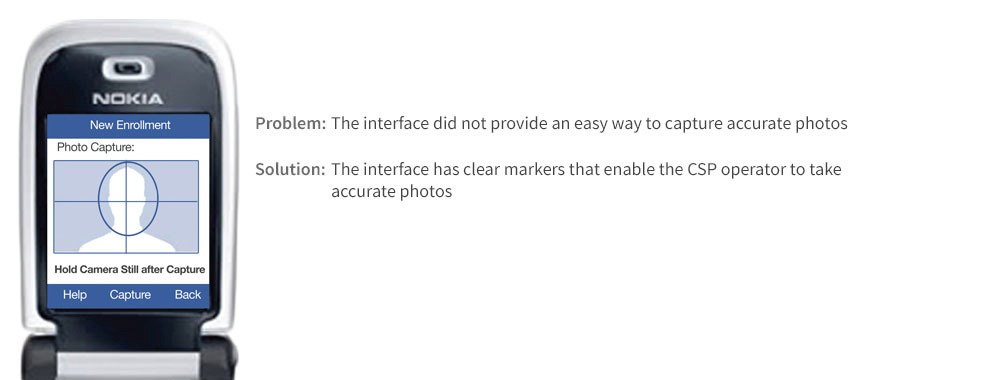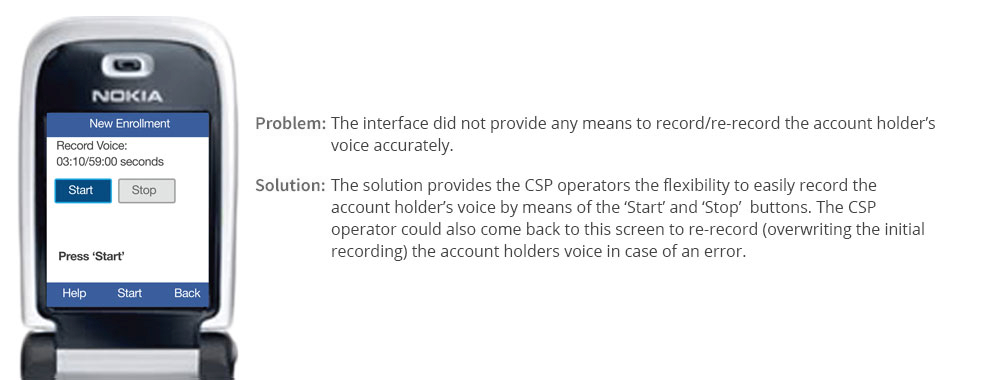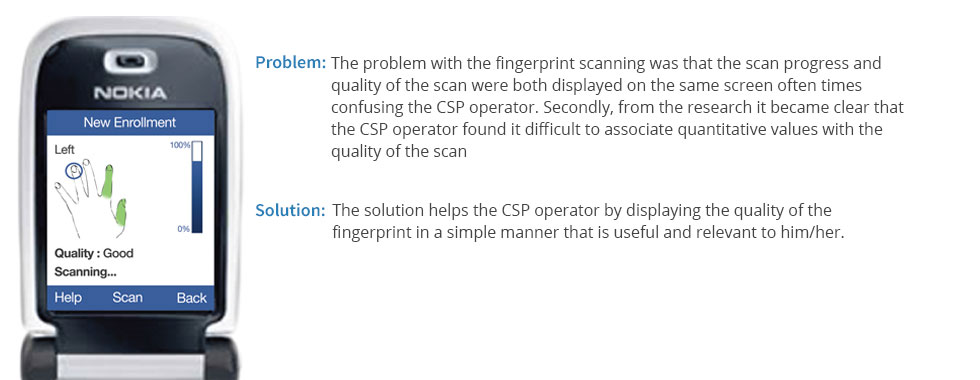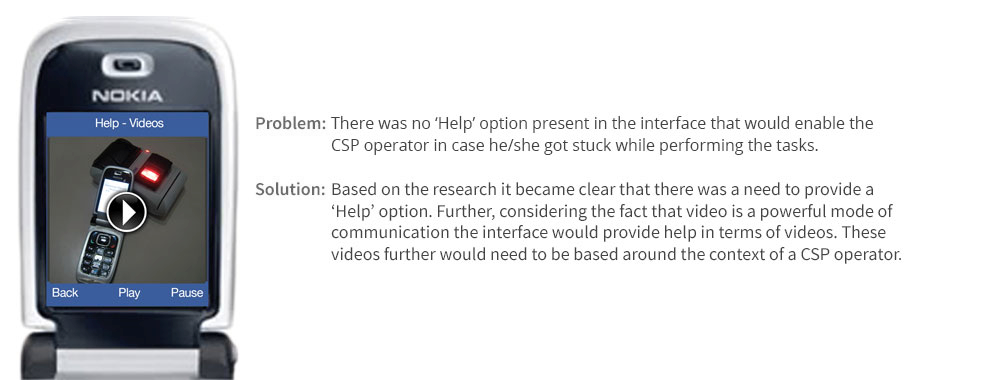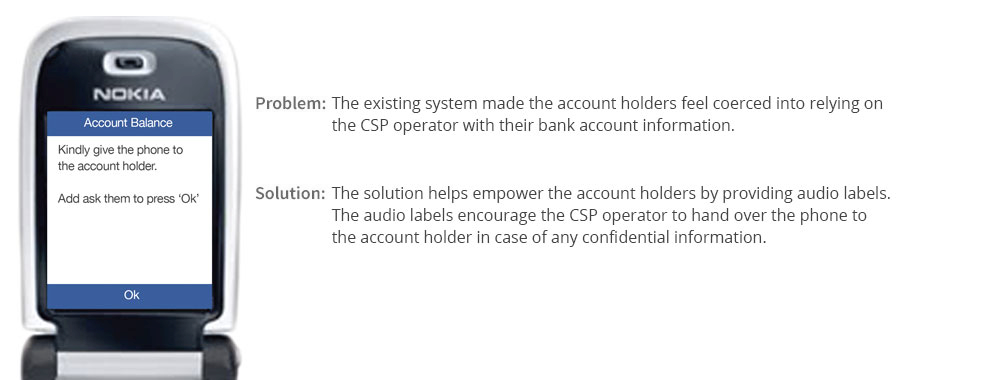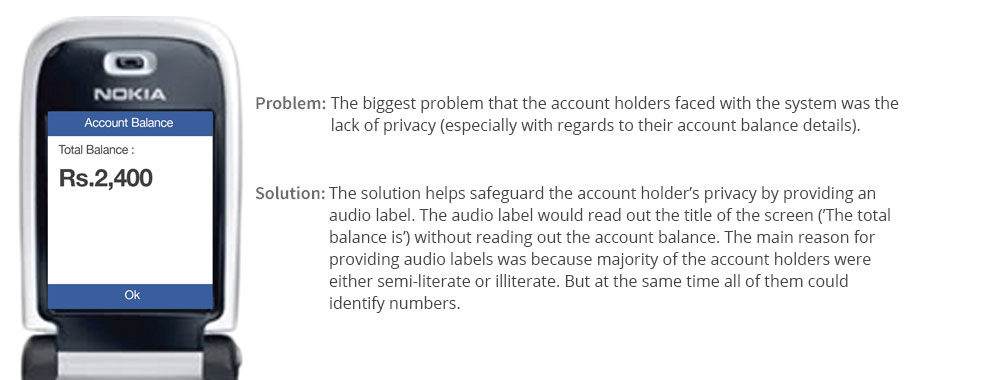A Little World - Redesigning micro-banking system
May 2010 - Jun 2010
Realigning the State Bank of India's micro banking system 'SBI Tiny', which provides banking solutions to people from low income (rural areas and urban slums) households in India.
My Role
This was an individual project that I did during my internship at 'A Little World'.
Domain Knowledge
The whole system comprised of two main aspects which included the enrollment operation and the bank transactions. These aspects enabled users to not only deposit and withdraw money, but also transfer money from one's account to another.
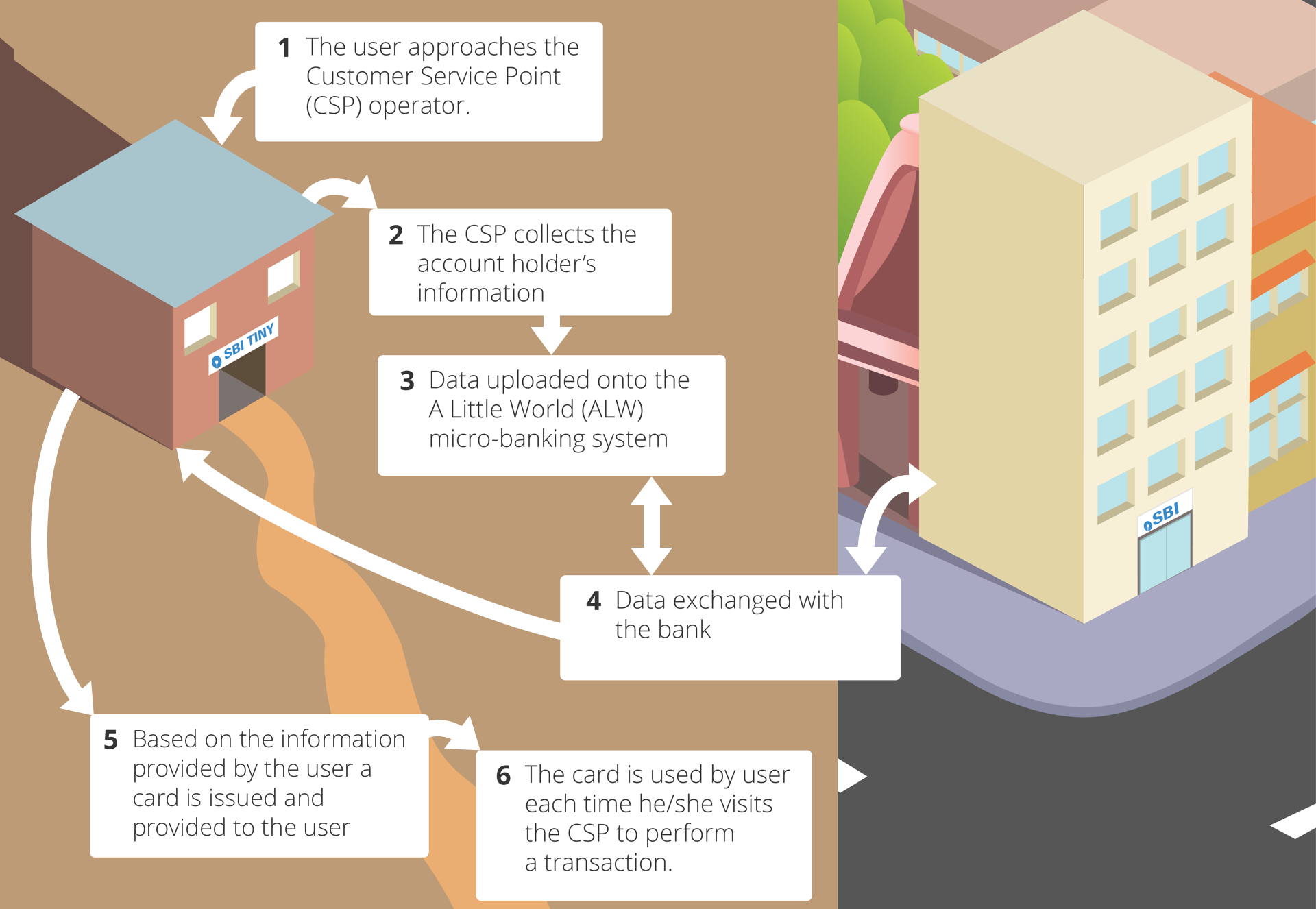
System Map
Challenge
Financial inclusion is important for the economic growth and prosperity of a country and SBI Tiny was an initiative started for this purpose. It was mainly aimed at users who belonged to low income households where majority had little or no formal education which posed critical challenges when it came to using digital products. One of these challenges was to enable the users to trust the system and feel safe about using it.
Research
The research was initiated by conducting a heuristic evaluation of the mobile user interface which helped me not only understand the various stages involved, but also identify the various usability issues.

Heuristic Evaluation
Contextual inquiries
In order to understand the user needs, I conducted contextual inquiries at three different locations in the city of Mumbai (India). These included ten Customer Service Point (CSP) operators across the areas of Dharavi, Mankhurd and Malwani, all of which were predominantly urban slums in the city of Mumbai.
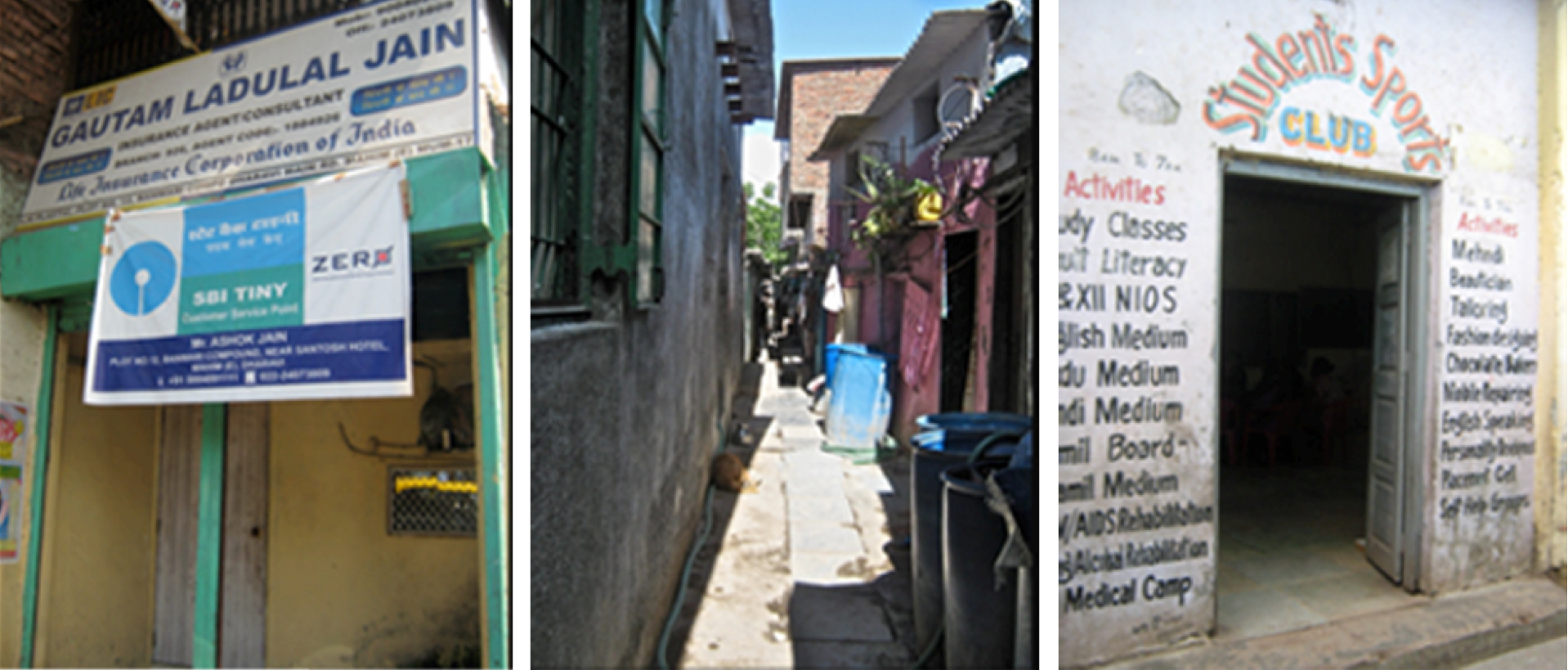
Areas visited for conducting the user research
At the start of the project, the users of the system were identified to be the Customer Service Point (CSP) operators who directly interacted with the mobile application. However, the user studies revealed many interesting insights about the system.

User Studies
Findings
The findings from the contextual inquiries revealed many issues with the user interface. However, a key issue that came to light in this stage was the ‘lack of trust' that the account holders had towards the system. Below is a quote from one of the CSP operators regarding the same and this issue was raised by all the operators that I interviewed. Furthermore, the manner in which the CSPs referred the account holders made me redefine who my users were.
"I find the system is ok to use but some tasks take time and since all this is concerning money, the users (account holders) of the system start suspecting us."- UMM5
Redefining the users
Based on the interviews with the Customer Service Point operators, I realized that they were not the only users of the system and that the account holders were also users of the system who used it indirectly.

Key findings from the research
The key findings observed are as given below,
- The interface did not help the CSP operator to capture good quality photos.
- There was no means to re-record a voice in case of an error.
- Fingerprint scanning was simple but the interface used complex terms that the CSP operator rarely used. And this added to the information clutter and provided no value to the operator.
- There was no help option available for the operator.
- The interface for the transaction application was not grouped effectively thereby resulting in clutter.
- The biggest problem from the point of view of the account holder was that of privacy.
From problems to design solutions
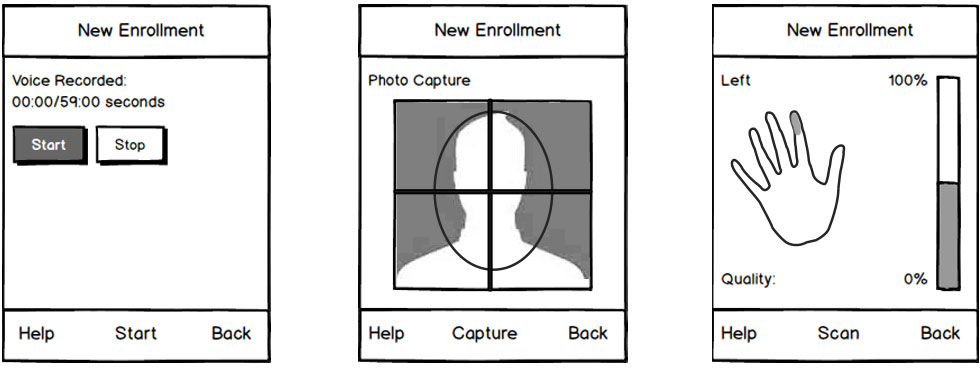
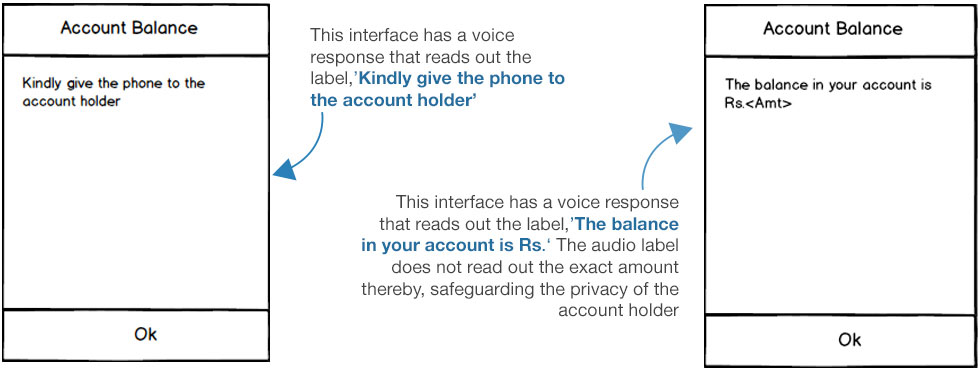
Testing
In order to test the designs, I created paper prototypes and tested them out with the users I had interviewed during the start of the project.
Final designs
